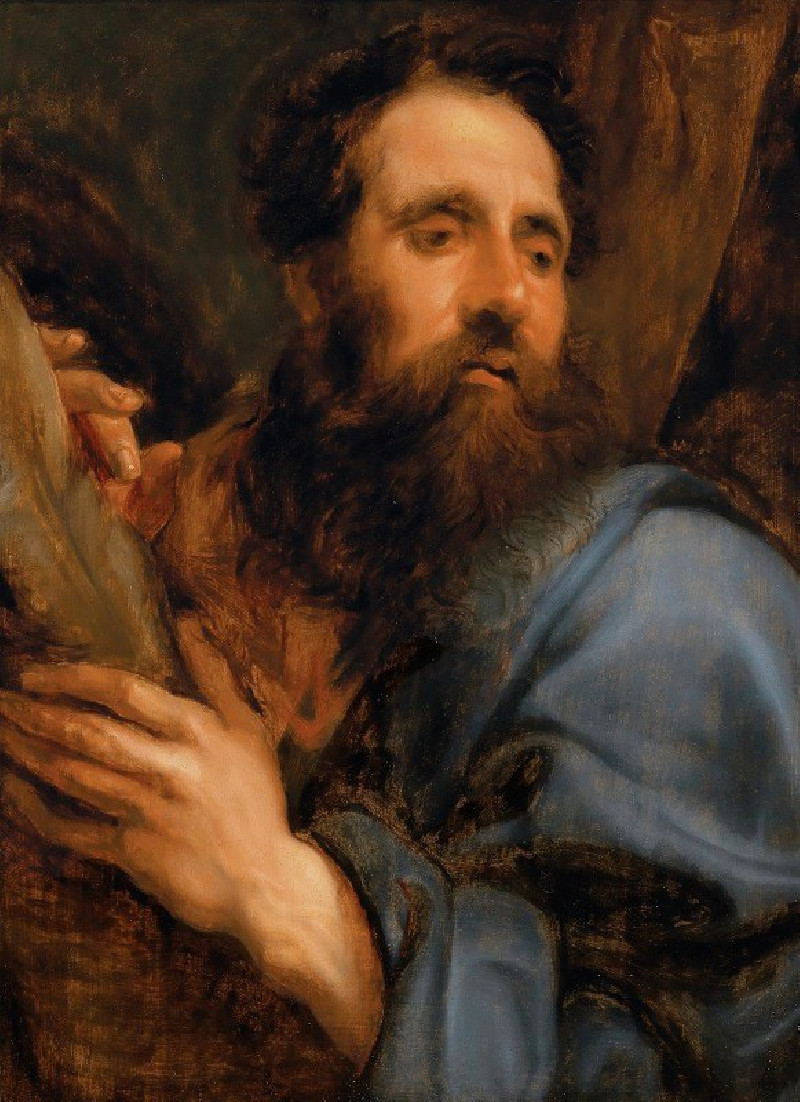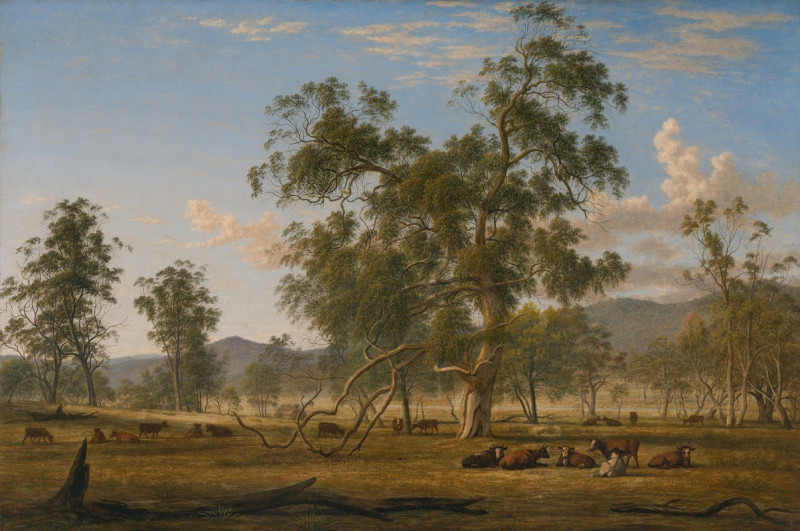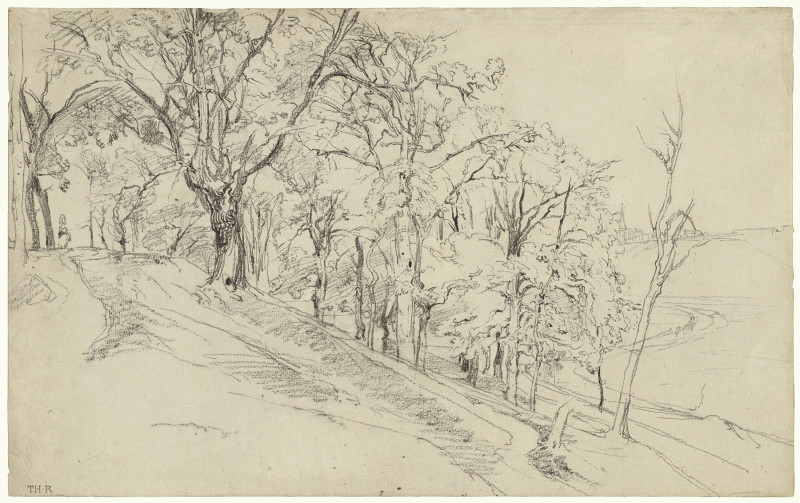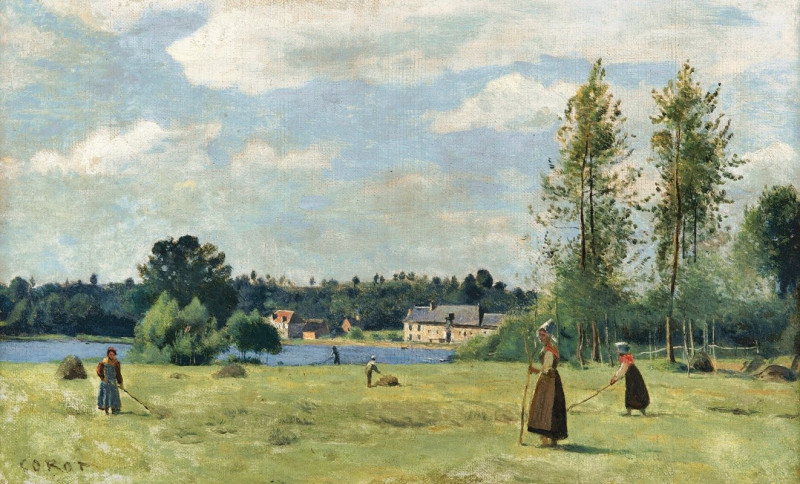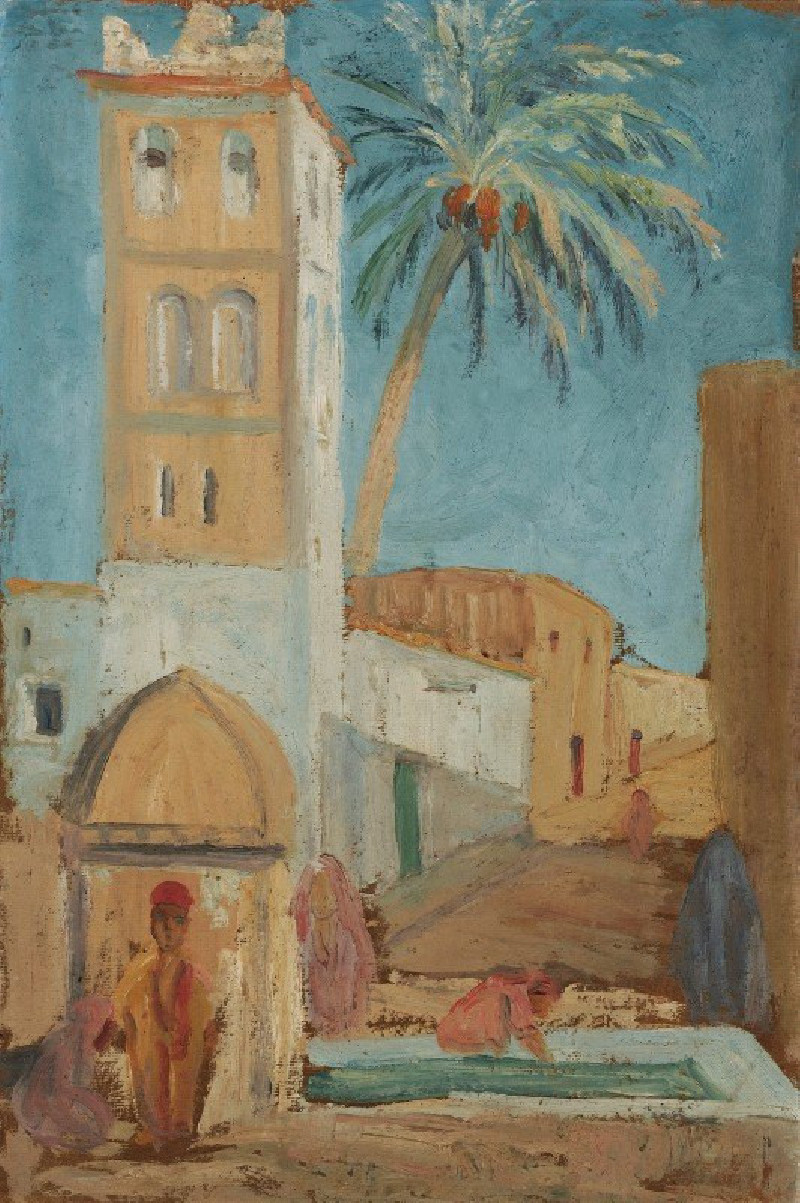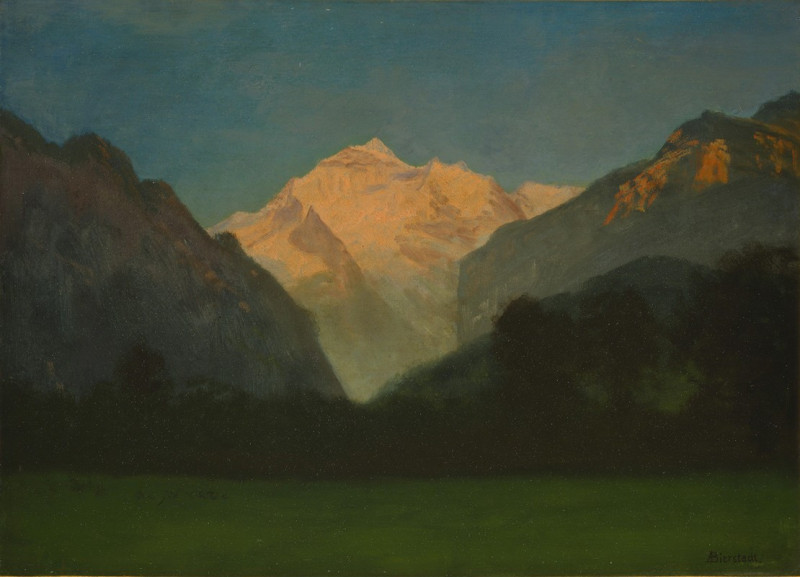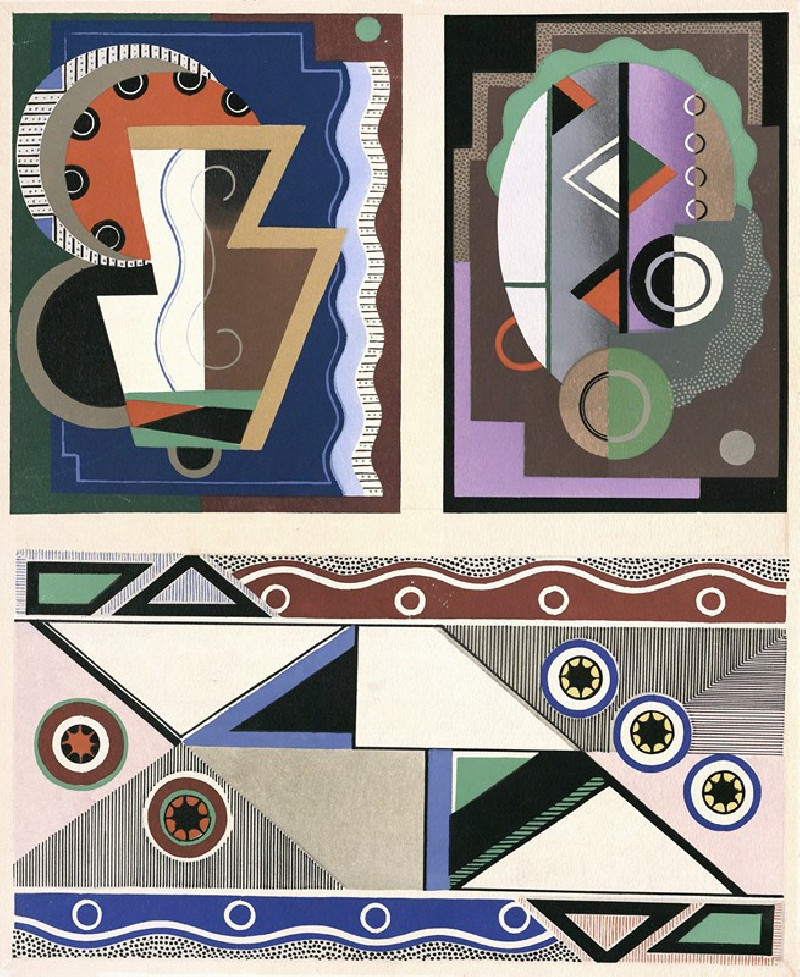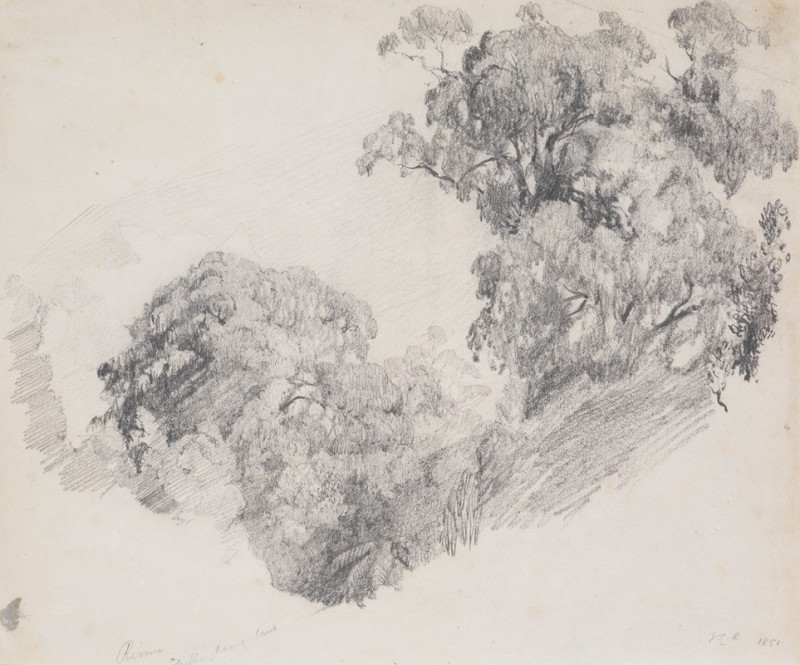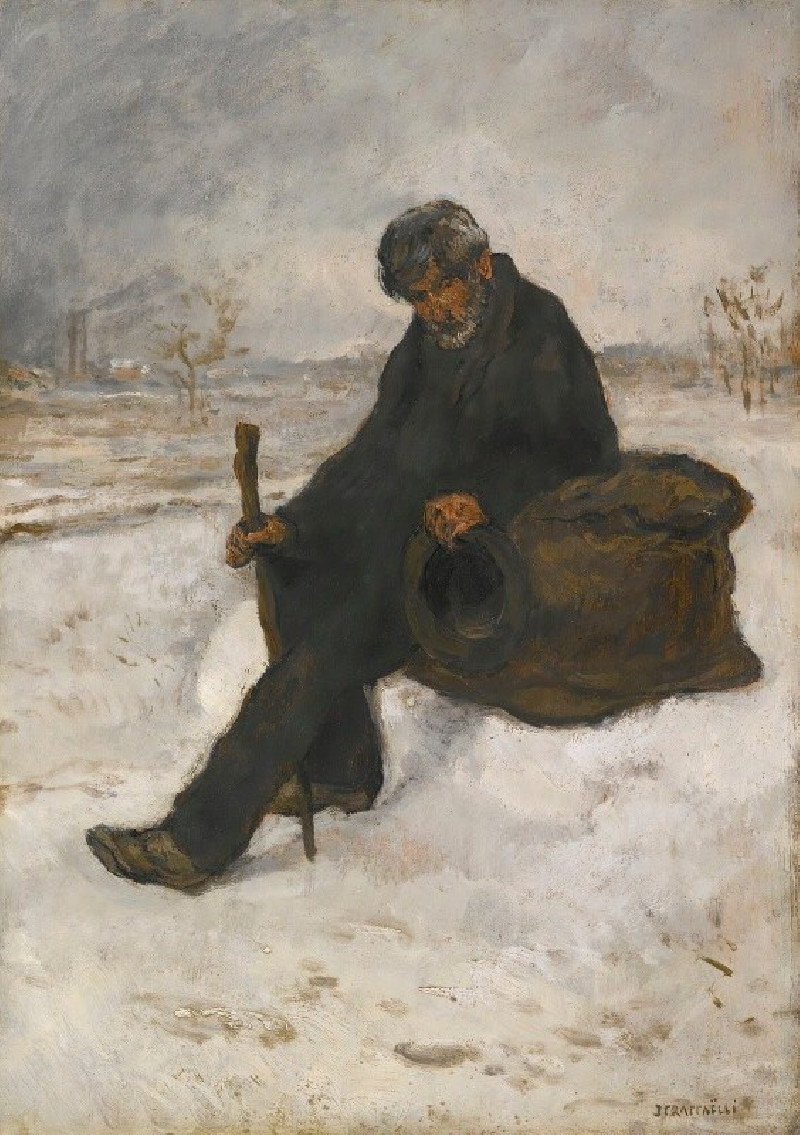Saint Andrew
Technique: Giclée quality print
Recommended by our customers
More about this artwork
Anthony van Dyck's exquisite painting, "Saint Andrew," offers a captivating portrayal of one of the most revered apostles in Christian theology. The artwork brings to life Saint Andrew with a depth of emotion and skill, emblematic of Van Dyck's masterful technique during the Baroque period.In the painting, Saint Andrew is depicted with a solemn yet serene expression, his gaze slightly off-canvas, which invites viewers to ponder his thoughts. The flowing beard and the locks of his hair are rendered with fine, meticulous strokes, highlighting Van Dyck's attention to detail and his ability to convey texture and realism.The saint is shown holding what appears to be a wooden cross, a reference to the x-shaped cross upon which he is said to have been martyred, famously known as the Saltire or Saint Andrew's Cross. This element not only identifies him unmistakably but also adds a layer of narrative about his sacrifice and steadfast faith.Dressed in a simple, yet richly colored blue tunic, the choice of color enhances the overall gravitas and solemnity of the scene. The lighting softly illuminates his face and the upper part of the garment, creating a subtle contrast that draws the eyes directly to his intense yet contemplative expression.Anthony van Dyck's "Saint Andrew" is a profound study in character portrayal—combining spiritual depth with artistic elegance. This painting not only portrays a figure of immense historical and religious significance but also showcases the skill of a painter who could imbue his canvas with the profound complexities of human emotion and divine dedication.
Delivery
Returns
Sir Anthony van Dyck (1599 – 1641) was a Flemish Baroque artist who became the leading court painter in England after success in the Spanish Netherlands and Italy.
The seventh child of Frans van Dyck, a wealthy Antwerp silk merchant, Anthony painted from an early age. He was successful as an independent painter in his late teens, and became a master in the Antwerp guild in 1618. By this time he was working in the studio of the leading northern painter of the day, Peter Paul Rubens, who became a major influence on his work.

